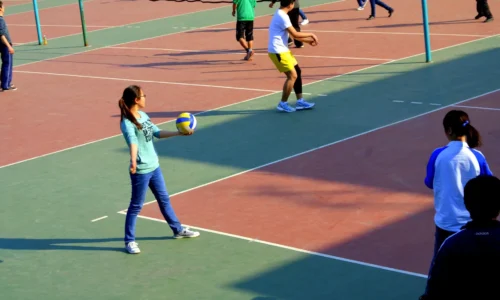
After three decades of playing hockey without pain, I developed “lace bite” a few years back. It almost led me to quit playing, but after years of experimentation, I have found a set of strategies that lets me once again play hockey without pain. What follows is a set of lessons I’ve learned, which I hope will also let you play pain hockey pain free.
What is lace bite?
Lace bite is a pain located at the front of the ankle or foot that hockey players and figure skaters feel when skating. The tendon on the front of the ankle and foot is in contact with the tongue of the ice skate, and the friction between skate and tendon can aggravate the tendon.
Lace bite usually looks and feels like:
- Pain when tightening ice skates or skating
- It is generally located on the top of the foot or ankle
- The painful area may exhibit redness and be swollen
- It may even be painful when wearing shoes
How can lace bite be treated?
Everyone is different. Unfortunately, I don’t have a one-size-fits all solution, but I’d like to highlight a few things that were effective for me and other hockey players I know.
Try tying your laces outside-in rather than inside-out. By tying your laces this way, they squeeze the entire skate boot when tightened rather than pressing directly down on the skate tongue. This keeps your skates tight without putting too much pressure directly on the tendon on the front of your foot.
Try moving the location of the knot to the top of your ice skates. I discovered this through trial and error while playing hockey. I noticed that the most pressure between the ankle and skate was directly underneath the knot. By changing where the knot is, you move that pressure further from the tendon.
If you have lace bite on the bottom of your ankle or your foot, you can also try skipping eyelets when lacing up your stakes. This lacing technique lessens pressure directly above the painful area but keeps the tightness from the lace everywhere else, so you can still skate safely.
Another method to lessen friction between tendon and skate is to wear a gel pad sleeve while skating. This may reduce the pressure between your skate and tendon to help alleviate swelling and irritation.
Most importantly, it is vital that you ice your ankle or foot after skating with lace bite. This is likely to help in reducing swelling from lace bite so that any aggravation to the tendon is minimized. I found icing to be a game changer for myself, and I always recommend this to any teammates or friends that are suffering from lace bite.
The truth is that lace bite does affects each person’s body a bit differently. What works best for myself might not necessarily be optimal for you. I would recommend attempting a variety of potential solutions in combination until you find what works best for you.
Also Read: Must-Have Channels for Sports Lovers | Best Sports Channels




